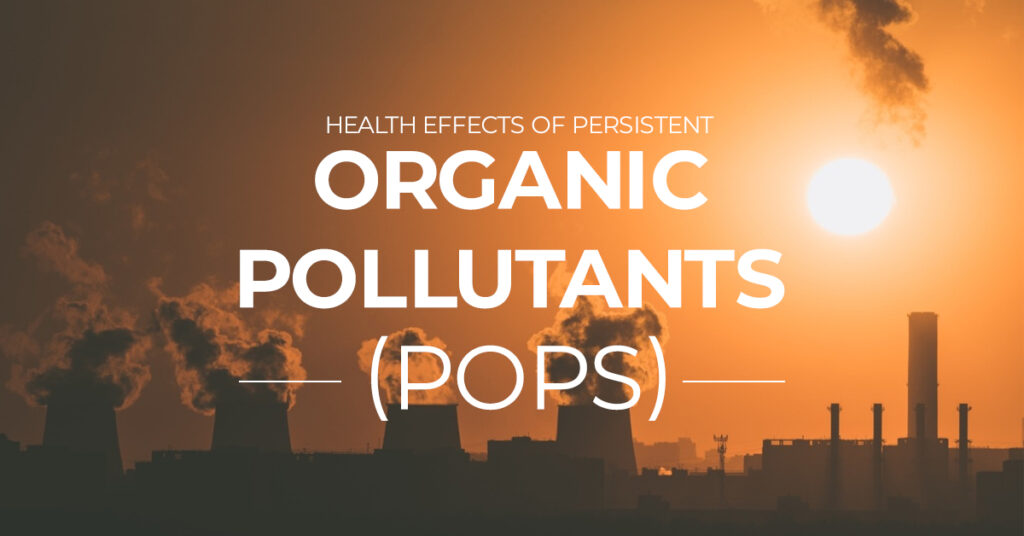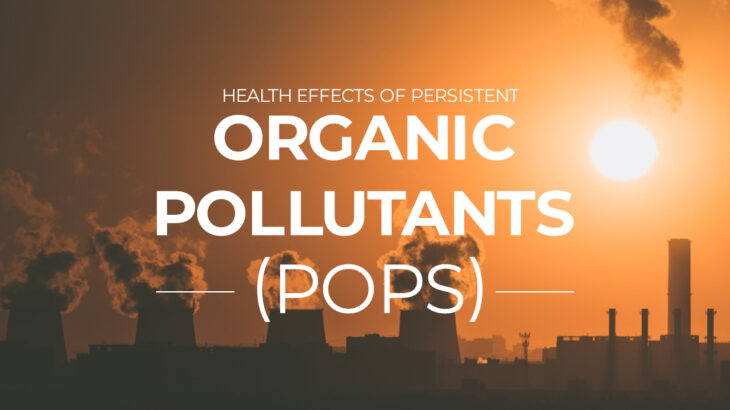
Persistent Organic Pollutants (POPs) represent a class of toxic chemicals that pose significant risks to human health and the environment. These compounds, characterized by their resistance to degradation, can persist in the environment for long periods, bioaccumulate in living organisms, and biomagnify through the food chain. Understanding the health effects of POPs is crucial for mitigating exposure risks and protecting public health.
One of the primary concerns associated with POPs is their potential to cause adverse health effects, including developmental abnormalities, reproductive disorders, immune system suppression, and various chronic diseases. Several POPs have been linked to specific health outcomes:
Dioxins:
Dioxins are highly toxic compounds formed as byproducts of industrial processes, waste incineration, and certain chemical reactions. Exposure to dioxins has been associated with cancer, reproductive disorders, immune system dysfunction, and developmental abnormalities in humans and wildlife.
Polychlorinated Biphenyls (PCBs):
PCBs are synthetic chemicals once widely used in electrical equipment, hydraulic fluids, and other industrial applications. Although banned in many countries, PCBs persist in the environment and can cause a range of health effects, including cancer, neurological impairments, and reproductive disorders.
Organochlorine Pesticides:
Compounds such as DDT, chlordane, and dieldrin belong to this group of pesticides, which were widely used in agriculture before their ban due to concerns about environmental persistence and toxicity. Organochlorine pesticides have been linked to cancer, endocrine disruption, and neurological disorders in humans and wildlife.
Polybrominated Flame Retardants (PBDEs):
PBDEs are flame-retardant chemicals commonly used in electronics, furniture, and textiles. Exposure to PBDEs has been associated with thyroid dysfunction, reproductive disorders, neurodevelopmental deficits, and carcinogenic effects.
The health effects of POPs are often complex and multifaceted, influenced by factors such as exposure route, duration, concentration, and individual susceptibility. Certain populations, such as pregnant women, infants, and indigenous communities reliant on subsistence fishing or hunting, may face disproportionately high exposure risks due to dietary habits or environmental contamination.
Moreover, POPs can exert their effects through various mechanisms, including:
Endocrine Disruption:
Many POPs have the ability to interfere with the body’s endocrine system, disrupting hormonal balance and leading to reproductive abnormalities, developmental disorders, and metabolic dysregulation.
Genotoxicity:
Some POPs have genotoxic properties, meaning they can damage DNA and increase the risk of cancer and other genetic disorders.
Immune Suppression:
Exposure to certain POPs has been linked to suppression of the immune system, compromising the body’s ability to fight infections and increasing susceptibility to diseases.
Neurotoxicity:
Several POPs have neurotoxic effects, impairing cognitive function, behavior, and neurological development in exposed individuals, particularly fetuses and children.
Addressing the health effects of POPs requires comprehensive strategies encompassing pollution prevention, environmental monitoring, regulatory controls, and public health interventions. Efforts to reduce POPs exposure often focus on phasing out production and use of these chemicals, implementing stringent regulations on industrial emissions and waste disposal, and promoting sustainable practices in agriculture, manufacturing, and consumer products.
Furthermore, education and awareness campaigns play a crucial role in informing the public about the risks associated with POPs and empowering individuals to take proactive measures to minimize exposure. By adopting a holistic approach that integrates scientific research, policy development, and community engagement, society can work towards reducing the prevalence of POPs in the environment and safeguarding the health of current and future generations. Subscribe to our LinkedIn page to read and understand articles on RoHS Compliance, Conflict mineral compliance, PCB Design and embedded software development.




 +1.585.935.7123
+1.585.935.7123 +91-804-148-6861
+91-804-148-6861